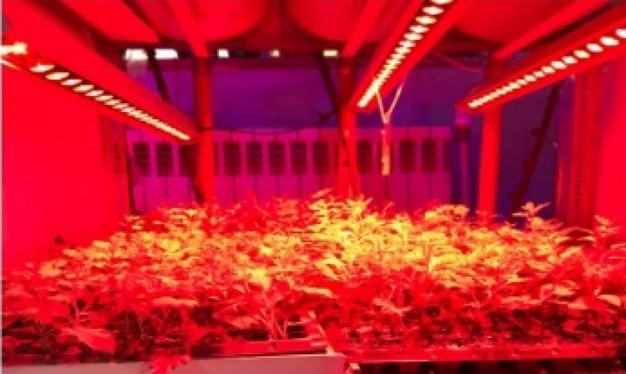Chrysanthemums (Chrysanthemum morifolium) are among the most popular ornamental plants, propagated mainly through stem cuttings.
According to a group of researchers, there is a lack of information regarding the impact of the lighting environment on the successful production of cuttings and underlying mechanisms. "The light spectrum affects plant morphology, growth, and photosynthesis."

In their recently presented study, chrysanthemum, cv. 'Katinka' cuttings were exposed to five lighting spectra, including monochromatic red (R), blue (B) lights, and multichromatic lights, including a combination of R and B (R:B), a combination of R, B, and far red (R:B:FR) and white (W), for 30 days.
B light enhanced areal growth, as indicated by a higher shoot mass ratio, while R light directed the biomass towards the underground parts of the cuttings. Monochromatic R and B lights promoted the emergence of new leaves. In contrast, individual leaf area was largest under multichromatic lights. Exposing the cuttings to R light led to the accumulation of carbohydrates in the leaves. Cuttings exposed to multichromatic lights showed higher chlorophyll content than monochromatic R- and B-exposed cuttings.
Conversely, carotenoid and anthocyanin contents were the highest in monochromatic R- and B-exposed plants. B-exposed cuttings showed higher photosynthetic performance, exhibited by the highest performance index on the basis of light absorption and maximal quantum yield of PSII efficiency.
Although R light increased biomass toward roots, B light improved above-ground growth, photosynthetic functionality, and the visual performance of Chrysanthemum cuttings.
Read the complete article here.
Growth, Biomass Partitioning, and Photosynthetic Performance of Chrysanthemum Cuttings in Response to Different Light Spectra
Moein Moosavi-Nezhad, Boshra Alibeigi, Ahmad Estaji, Nazim S. Gruda and Sasan Aliniaeifard
